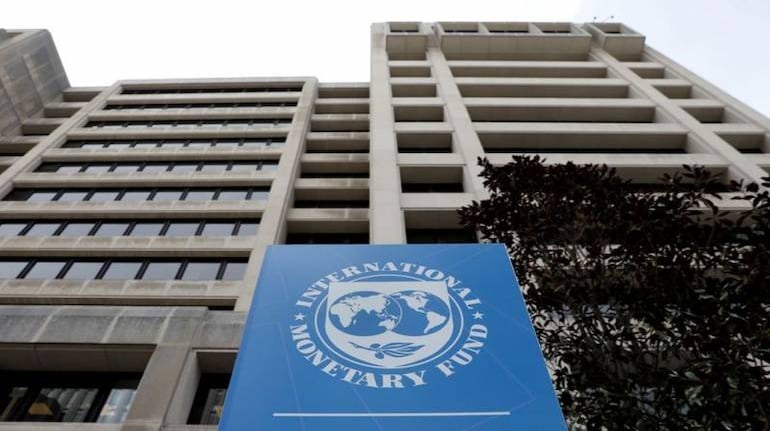



The International Monetary Fund (IMF) has cut its growth forecast for India for FY23 by 80 basis points to 8.2 percent, warning that Russia's invasion of Ukraine would hurt consumption and hence, growth, by way of higher prices.
"Notable downgrades to the 2022 forecast include Japan (0.9 percentage point) and India (0.8 percentage point), reflecting in part weaker domestic demand - as higher oil prices are expected to weigh on private consumption and investment - and a drag from lower net exports," the IMF said in its World Economic Report, released on April 19.
Although the IMF's growth forecast for India for the current financial year has been cut sharply, it remains significantly higher than local projections. The Reserve Bank of India (RBI), for instance, has pegged the GDP growth for FY23 at 7.2 percent.
As per the statistics ministry's second advance estimate, India will likely clock a GDP growth of 8.9 percent in FY22.
Even for FY24, the difference between the IMF and RBI's GDP growth forecasts is large. While the multilateral agency sees the Indian economy growing 6.9 percent next year, the Indian central bank has projected an expansion of 6.3 percent.
In January, the IMF had said India's economy would grow 7.1 percent in FY24.
The downward revision in the growth forecast for India for FY23 matches that for the global economy as a whole for 2022. Now, the IMF sees the world output increasing by 3.6 percent in 2022, down from 4.4 percent it had forecast in January. The world economy is seen growing by 3.6 percent again in 2023, which was 20 basis points lower than what was expected earlier.
"Global economic prospects have been severely set back, largely because of Russia's invasion of Ukraine," IMF Chief Economist Pierre-Olivier Gourinchas said. "The war adds to the series of supply shocks that have struck the global economy in recent years. Like seismic waves, its effects will propagate far and wide - through commodity markets, trade, and financial linkages."
| KEY GROWTH FORECASTS (change from previous forecast in parenthesis) | ||
| 2022 | 2023 | |
| World | 3.6% (-80 bps) | 3.6% (-20 bps) |
| United States | 3.7% (-30 bps) | 2.3% (-30 bps) |
| Euro area | 2.8% (-110 bps) | 2.3% (-20 bps) |
| Japan | 2.4% (-90 bps) | 2.3% (+50 bps) |
| United Kingdom | 3.7% (-100 bps) | 1.2% (-110 bps) |
| China | 4.4% (-40 bps) | 5.1% (-10 bps) |
| Russia | -8.5% (-1,130 bps) | -2.3% (-440 bps) |
| Brazil | 0.8% (+50 bps) | 1.4% (-20 bps) |
For Ukraine, the IMF said exact estimation of the damage caused to the economy by the war was impossible to arrive at. However, a "very severe contraction" is a given, with the Ukrainian economy expected to shrink by 35 percent in 2022.
"And even if the war were to end soon, the loss of life, destruction of physical capital, and flight of citizens will severely impede economic activity for many years to come," the IMF said in its report.
Discover the latest Business News, Sensex, and Nifty updates. Obtain Personal Finance insights, tax queries, and expert opinions on Moneycontrol or download the Moneycontrol App to stay updated!
Find the best of Al News in one place, specially curated for you every weekend.
Stay on top of the latest tech trends and biggest startup news.